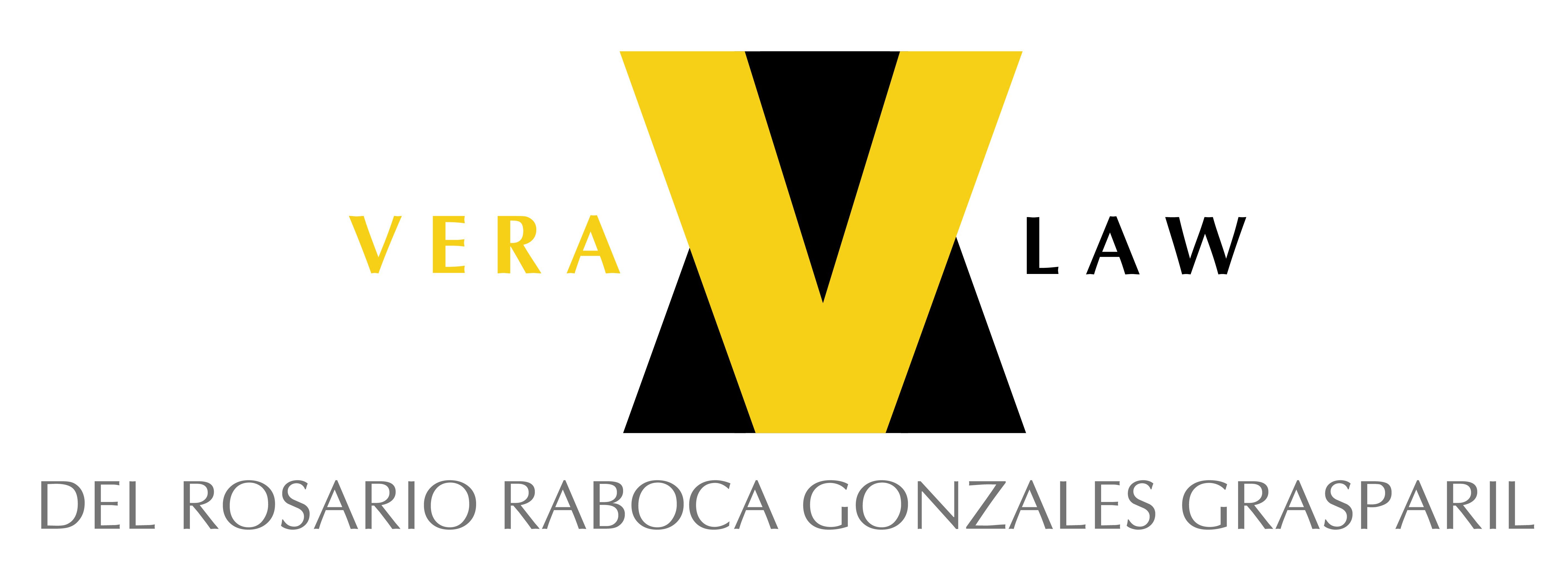Is the trademark PHILIPS confusingly similar to PHILITES? The Supreme Court said yes in a decision promulgated on 22 March 2017.
The case started when Dy and/or Philites filed a trademark application for the mark “PHILITES” for the goods “fluorescent bulb, incandescent light, starter, ballast” in Class 11.
Respondent KONINKLIJKE PHILIPS ELECTRONICS, N.V. opposed said application arguing that the registration of the trademark “PHILITES & LETTER P DEVICE” will violate its rights as the registrant of the well-known mark “PHILIPS”.
The Supreme Court affirmed the status of the trademark “PHILIPS” as a well-known mark, internationally and in the Philippines, as held in an earlier decision in Philips Export B.V. v Court of Appeals.
In resolving the issue of confusing similarity in respondent’s favor, the Supreme Court applied both the dominancy and holistic tests. The dominancy test focuses on “the similarity of the prevalent or dominant features of the competing trademarks that might cause confusion, mistake, and deception in the mind of the purchasing public” and emphasis is made on “the aural and visual impressions created by the marks on the buyers of goods, giving little weight to factors like prices, quality, sales, outlets and market segments”. On the other hand, the holistic test requires a consideration of the entirety of the marks as applied to the products, including the labels and packaging”.
The Supreme Court, applying the dominancy test, observed that the dominant feature is the five-letter component of the competing marks,“P” “H” “I” “L” “I”, which is “PHILIPS” for respondent and “PHILITES” for the petitioner. The Supreme Court said that this dominant feature visually catches the attention of the consuming public who does not have the luxury of time to “ruminate the phonetic sounds of the trademarks to find out which one has a short or long vowel sound” . The Supreme Court further pointed out that petitioner and respondent are engaged in the same line of business and that both marks are used on the same goods, which are light bulbs.
Further applying the holistic test, the Supreme Court examined the entirety of the marks as applied on the products including the way the goods are packaged. The Supreme Court noted that the ”PHILITES” trademark that petitioner actually seeks to register is vastly different from the trademark that it actually uses on the container and packaging of its light bulb products. The Supreme Court compared petitioner’s “PHILITES” trademark shown on the container and packaging of its light bulb products with the respondent’s “PHILIPS” trademark as used in the wrapper or packaging of its products, and thus concluded that there is “a strong similitude and likeness between the two trademarks”. The Supreme Court, affirmed the Court of Appeals’ decision, and similarly set aside negligible differences in the use of a slightly different font and hue of the color yellow in the parties’ respective packaging of the goods. The Supreme Court concluded that the use of “PHILITES” will “likely cause confusion or deception to the ordinary purchaser with a modicum of intelligence”.
This case is of special significance because the Supreme Court used both the dominancy and holistic tests in determining the likelihood of confusion between the competing marks.

